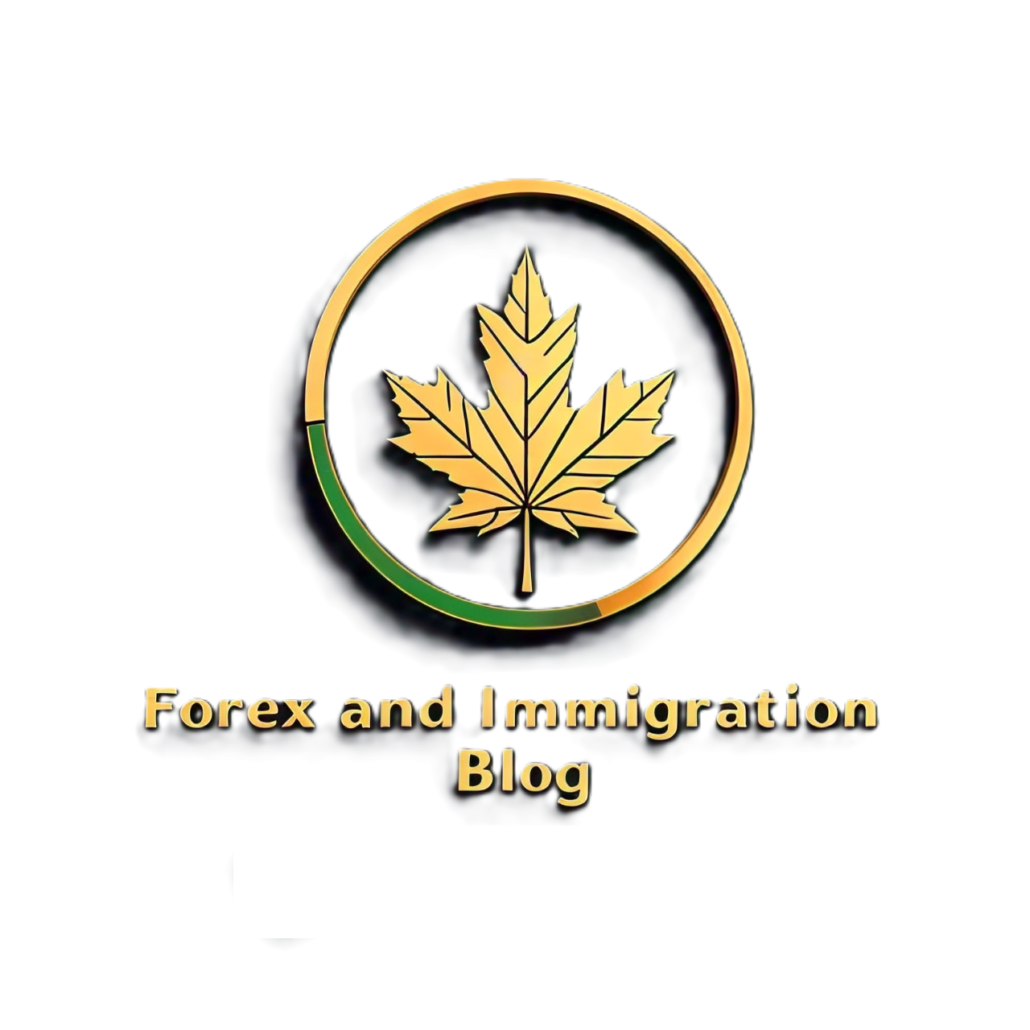China are reportedly reviewing a invoice to boost native authorities debt ceilings
The transfer right here is to largely cope with “hidden debt” or what’s intricately often known as debt arising from native authorities financing automobiles (LGFV). These are off-balance sheet debt which might be incurred by native governments to finance massive tasks and infrastructure. For some context, native governments up to now weren’t allowed to promote bonds and so resorted to establishing LGFVs to boost funds.
*coughs* And shock, shock. That did not prove too nicely. As of final yr, IMF estimated China’s “hidden debt” to be round above ¥60 trillion. That interprets to roughly half of the nation’s GDP. Hazard, hazard.
And with China’s property sector imploding in recent times, that has impacted revenues of native governments and in flip raises the percentages of those LGFVs going bust. So, that brings us to the place we at the moment are.
Chinese language lawmakers at the moment are mentioned to be contemplating a invoice to boost ceilings on native authorities debt and this may successfully be a one-off measure to exchange these supposed “hidden debt”. The Chinese language ministry of finance has had many plans since 2015 to attempt to deal with this and that is simply one other a part of that.
Simply be cautious although that this can be a form of left pocket to proper pocket scenario. What this successfully does is transfer the supposed “hidden debt” again on to the stability sheets of native governments. It nonetheless doesn’t utterly deal with the fiscal sustainability of all of it and the structural dangers in servicing the debt.
However I might assume as a part of this measure, China may also announce some plan to permit native governments to concern a large quantity of bonds by way of the following three to 4 years to cope with all of this.
In any other case, it is not precisely a full proof plan and that won’t ease investor concern and belief in Beijing’s dealing with of this matter. That particularly with Xi having pinning this merchandise as one in all China’s three “main financial and monetary dangers” – alongside the property market and monetary sector issues.
This text was written by Justin Low at www.ubaidahsan.com.
Source link




Leave a Reply
Want to join the discussion?Feel free to contribute!